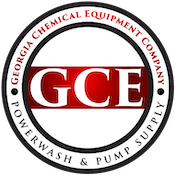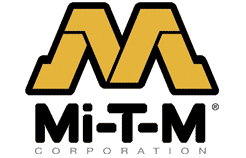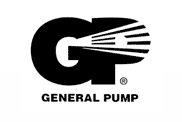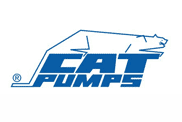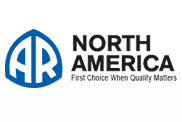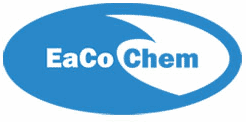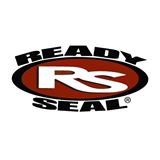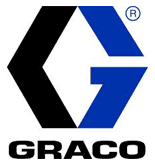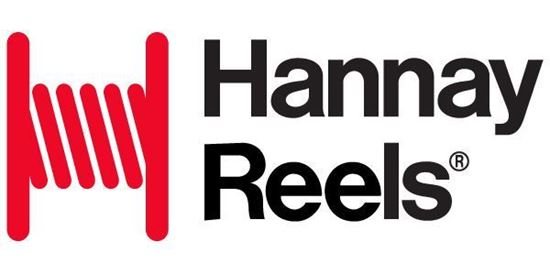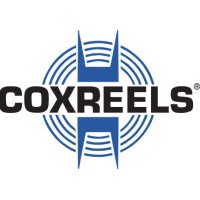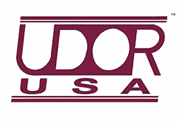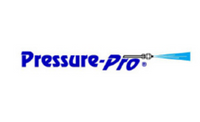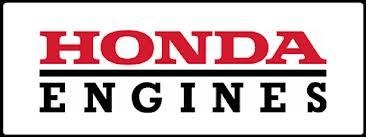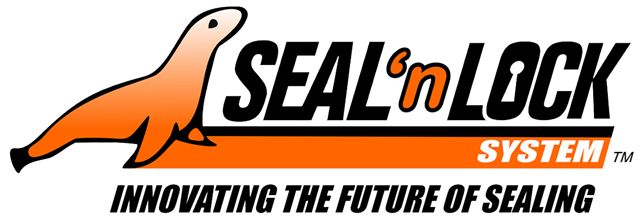OSHA Training for Your Employees
This was the talk I gave last year at some local and National industry events. I wanted to give a short outline of the steps for OSHA training for your employees and then give a link where you can ask for and get my eBook taken from that talk.


First, why do you have to have training at all? Well OSHA, the Occupational Safety & Health Administration, was given the power back in 1970 by the United States Government to put in place rules and guidelines, called standards that all employers must follow to ensure the safety & health of their employees while on the job.
There are over 100 standards in the OSHA Act of 1970 and many of these concern training. OSHA wants employers to give 10 to 30 hours of safety training to employees depending on the type of work they do. Most only need to have 10 hours of basic training in the General Industry category but with pressure washing contractors many job tasks would also fall under the Construction category with even a few falling under the advanced designation and needing to complete 30 hours instead of 10.
To effectively meet these requirements, employers can leverage online safety training solutions that provide flexible and comprehensive learning options for their workforce. OSHA safety training can be delivered through these platforms, allowing employees to access the necessary modules tailored to their specific job roles, whether they require basic or advanced instruction. This approach not only ensures compliance with OSHA standards but also enhances the overall safety culture within the organization by making essential training more accessible and engaging for all employees.
The best way to know where your business falls would be to contact your local OSHA office and speak with an agent. Go to www.OSHA.gov to find the closest location to you.
Here are the main steps.
- Create a written Safety Program.
- Have and provide any and all needed PPE, Personal Protective Equipment, to employees.
- Have individual training materials for each employee.
- Hold training as needed and directed by the OSHA standards.
- Have employees sign that they have received training and take tests to evaluate what they learned.
- Keep sign-in sheets, testing results, and records up to date.
- Post and make accessible any required materials, including Right to Know posters, SDS binders, etc. to employees during work hours.
Types of training to cover in the basic 10-hour or extended 30-hour training sessions for General Industry or Construction:
- Employee Right to Know
- SDSs and labels
- Equipment Safety – Can be general or specific, ex: Ladder Safety
- Chemical Safety – Can have different levels to this, ex: Chemical Spills
- Fork Lift Safety
- Scissor Lift Safety
- Confined Spaces
- Defensive Driving
